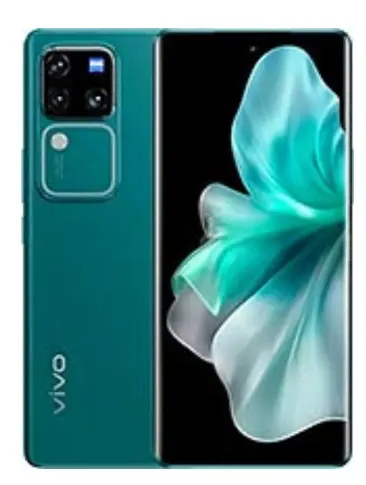The Evolution of Smartphone Cameras: From Pixels to Perfection
In today's digital age, latest mobile phones have become more than just communication devices; they are our go-to cameras, capturing life's moments in stunning detail. One of the most significant advancements driving this transformation is the evolution of smartphone cameras. From basic sensors to sophisticated imaging systems, let's delve into how smartphone cameras have evolved into the powerful tools they are today.
1. Megapixels: Beyond the Numbers
Gone are the days when a higher megapixel count equated to better photos. While early smartphones boasted about their megapixel numbers, today's cameras focus on sensor quality, pixel size, and advanced processing algorithms. This shift ensures that each pixel captures more light, resulting in clearer, more vibrant images even in challenging lighting conditions.
Check the camera of latest vivo mobile.

2. Optical vs. Digital Zoom: Getting Closer
Smartphone cameras now offer both optical and digital zoom capabilities. Optical zoom uses actual lens movement to magnify subjects without losing image quality, while dig ital zoom enhances images digitally but can sometimes compromise clarity. The integration of multiple lenses, each optimized for different focal lengths, allows users to capture everything from sweeping landscapes to detailed close-ups with unprecedented clarity.
3. Computational Photography: The Power of Algorithms
The rise of computational photography has revolutionized smartphone imaging. Through AI-powered algorithms, smartphones can now adjust exposure, enhance colors, and even simulate shallow depth-of-field effects (bokeh) previously achievable only with DSLR cameras. This fusion of hardware and software ensures that every shot is optimized for perfection, straight from your pocket.
4. Night Mode: Illuminating the Darkness
Low-light photography has historically been a challenge for smartphones. However, advancements in sensor technology and AI-driven processing have birthed the 'Night Mode.' This feature intelligently brightens dark scenes while preserving details, allowing users to capture stunning photos of cityscapes, starlit skies, or intimate moments without harsh flash effects.
5. Video Capabilities: Cinematic Brilliance
Modern smartphones are not just about photos; they excel in video recording too. With support for high-resolution 4K recording, stabilization technologies, and sophisticated audio capture, smartphones are now essential tools for vloggers, filmmakers, and content creators. The ability to shoot, edit, and share professional-quality videos directly from a smartphone has democratized content creation like never before.
6. Future Trends: What's Next?
Looking ahead, the future of smartphone cameras promises even more exciting innovations. From improved sensor technologies to augmented reality integrations and advancements in mobile photography accessories, smartphones will continue to redefine how we capture and share our world.